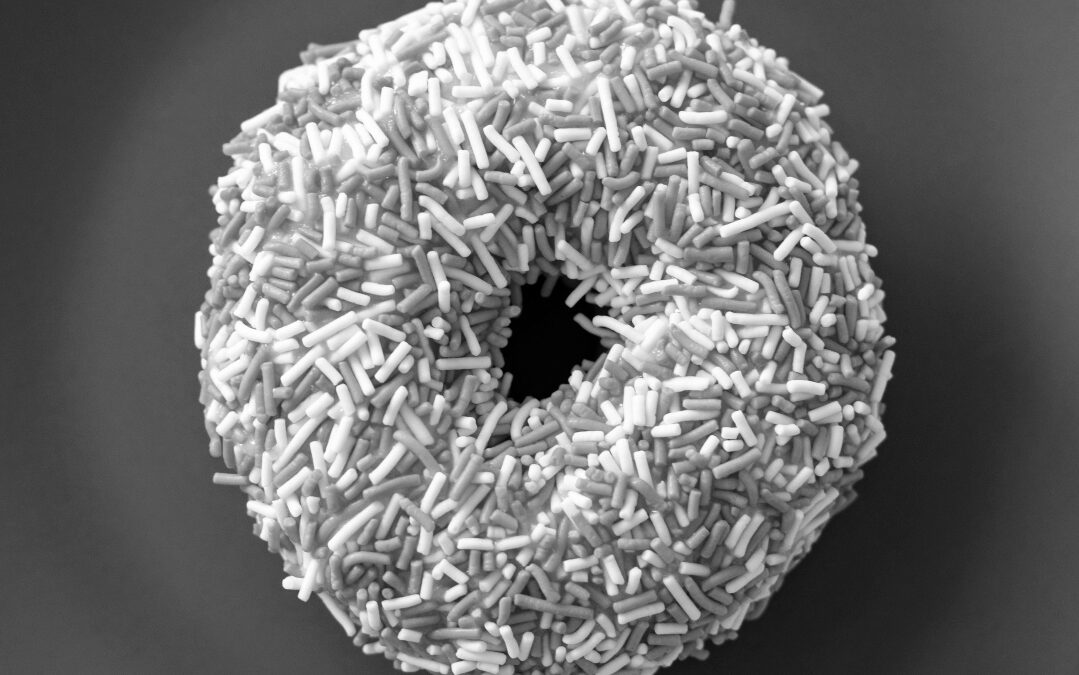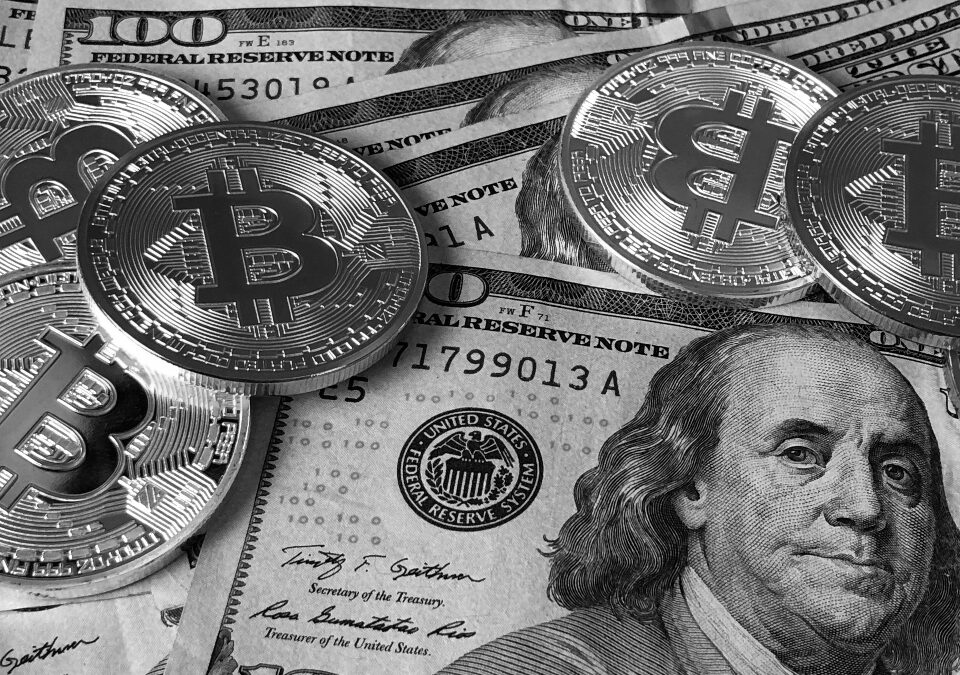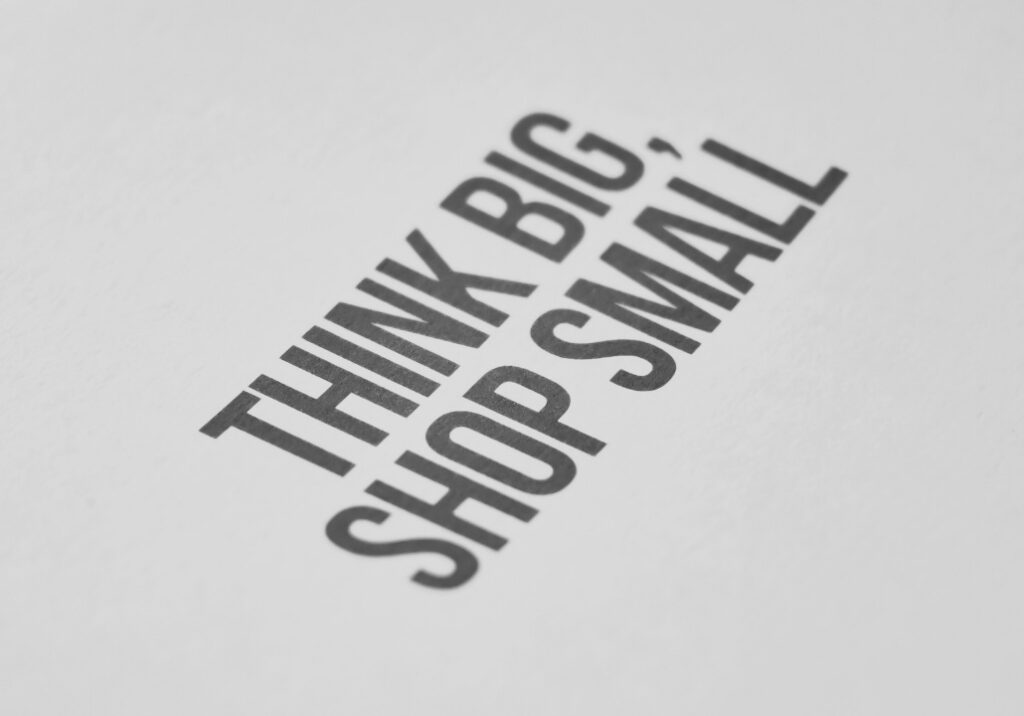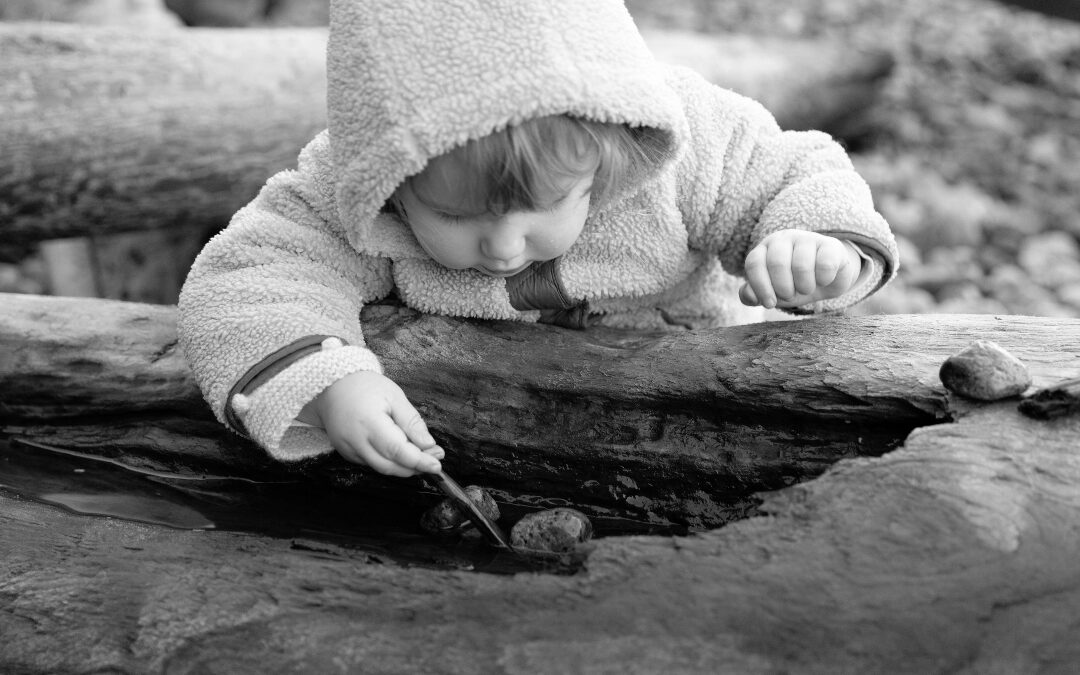New Economy marketing
(sources: Jerry Stifelman, Richard Harshaw, Tad Hargrove)
The New Economy market – the ‘green’ or lifestyle of health and sustainability) market (LOHAS) is big and getting bigger every year. It’s the fastest growing segment of the economy And, of course, making money – a fair and healthy income – is a part of it.
The New Economy market
– the ‘market’ is predominantly female, about 60% of them. Females seem to be the driving force;
– they’re highly educated and have about average income;
– they’re the least price sensitive;
– they’re very influential over the buying decisions of the family and friends;
– they are very brand loyal when a brand supports and continues to support their values and ideals;
– and, they’re willing to spend up to 20-25% more for products that they believe in. They absolutely loves to tell their friends and family about who they buy from and, well, you get the picture;
– they are avid readers, TV watchers and radio listeners;
– they are significantly affected by their concern for the health of their families, sustainability of the planet, personal development and the future of our society;
– they are often alienated and misunderstood, and cannot easily be targeted by traditional marketing or PR efforts.
New Economy market sectors
At first glance, it may appear that the six sectors have little in common. But millions of consumers believe there is commonality that transcends any operational and structural differences. The interconnections between global economies, cultures, environments, and political systems play a large role in the holistic worldview of the typical New Economy consumer. Equally important are the interconnections of mind, body and spirit within the individuals.
This focus on Personal Health and on Personal Development, with the ultimate goal of achieving his or her full human potential, is of utmost concern to the Cultural Creative.
The current growth in this market group strongly supports the notion that spirituality is no longer relegated to the New Age periphery but is undeniably migrating to the center of mainstream cultural awareness.
Five New Economy Values
Five core values are driving the more cultural-conscious and socially-minded consumers:
– Health and Safety. Conscious consumers seek natural, organic and unmodified products that meet their essential health and nutrition needs. They avoid chemicals or pesticides that can harm their health or the planet. They are looking for standards and safeguards to ensure the quality of the products they consume;
– Honesty. Conscious consumers insist that companies reliably and accurately detail product features and benefits. They will reward companies that are honest about processes and practices, authentic about products and accountable for their impact on the environment and larger society;
– Convenience. Faced with increasing constraints on their time and household budgets, conscious consumers are practical about purchasing decisions, balancing price with needs and desires and demanding quality. These consumers want to do what’s easy, what’s essential for getting by and make decisions that fit their lifestyles and budget;
– Relationships. Who made it? Where does it come from? Am I getting back what I put into it? These consumers want more meaningful relationships with the brands in their lives. They seek out opportunities to support the local economy when given the chance, want to know the source of the products they buy and desire more personal interactions when doing business;
– Doing Good. Conscious consumers are concerned about the world and want to do their part to make it a better place. From seeking out environmentally-friendly products to rewarding fair trade and labor practices companies, they are making purchasing choices that can help others. These consumers want to make a difference and they want brands to do the same.
New Clients
The four keys components to getting new clients. The word of mouth seems to be the most powerful marketing tool. But there is this question of how can we get a more active form of word of mouth. There are a lot of premises underneath this. Actually, there are 20 premises but these are the most important ones,
The four keys components to getting new clients. The word of mouth seems to be the most powerful marketing tool. But there is this question of how can we get
a more active form of word of mouth. There are a lot of premises underneath this. Actually, there are 20 premises but these are the most important ones, composed into the four most important components.
Each of these components has an aspect for an inner game and an outer game. Depth marketing consist of four levels of the inner and outer game. Each level can help you attract more brand new clients and each level can help you get the most out of your existing relationships. Let’s focus on the outer game first since that is where most people’s minds go first.
– The first component has to do with a niche. The niche is your target market. It is who you are going after. This is the center of any marketing. It is about looking at the right niche of who are you going after. There are two elements that make up a strong niche and three critical aspects to a strong niche
– The second component is the irresistible offer. What are you offering to this niche? A lot of people make the mistake in marketing of thinking, “Oh, I’m going to design this product and service,” and then it is like: “How do I market it?”. That is seen as a separate step. There are three secrets of crafting an irresistible offer…
If we are going to be successful in business, we need to step back and think of the marketing in the design process itself. Meaning, how can we make the product so irresistible inherently, that it is easy to sell, versus just a generic sort of bland, boring product and service and then figuring out how we can sort of sell the sizzle and not the steak. The second component is the offer.
– The third component is the hubs. This was one of the things that really made so much sense to New Economy entrepreneurs and an answer to questions like: “Where do I market? How do I find people?” Where you find them depends entirely on who you are looking for. One group of people is going to hang out in one place, another group is going to hang out in another place. There are seven types of hubs you can use but be aware of the three must-have qualities of a good hub.
It’s not just about where to find them. It’s also about a way to build trust with them. That’s a lot more powerful than other things you may have tried. So that’s the third component, the hubs.
– Fourth is the Word of Mouth strategies. May be you are already getting passive word of mouth but are there things you can do to accelerate it and get more word of mouth? Well, yes. As mentioned above, there are twenty critical premises of Word of Mouth marketing. And there are these three core aspects of any Word of Mouth marketing you will ever do if you want to be successful in your business.
You might also consider a few quick cash-flow secrets that could increase your cashflow by 10% overnight. And, that is noticed as very conservative…







